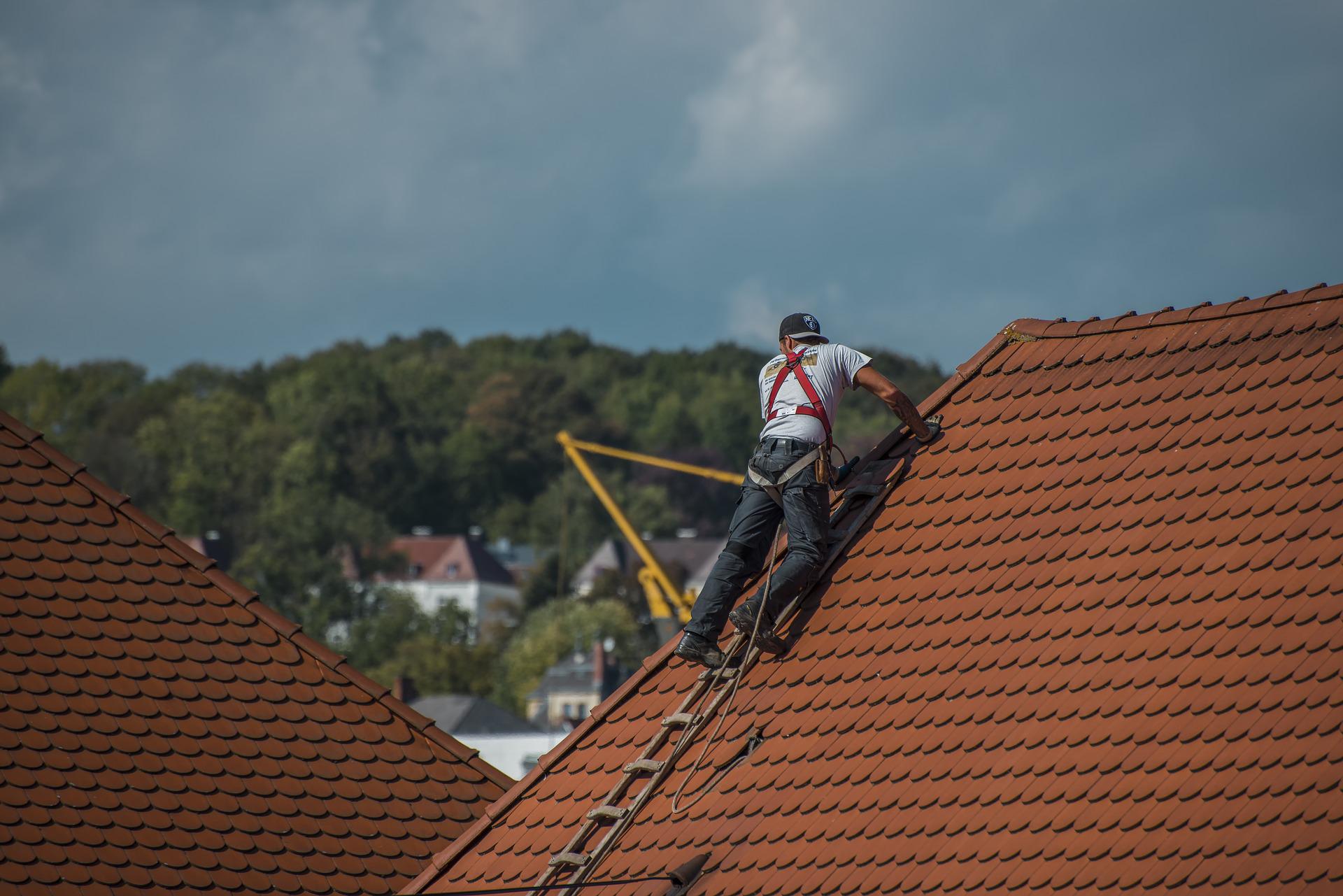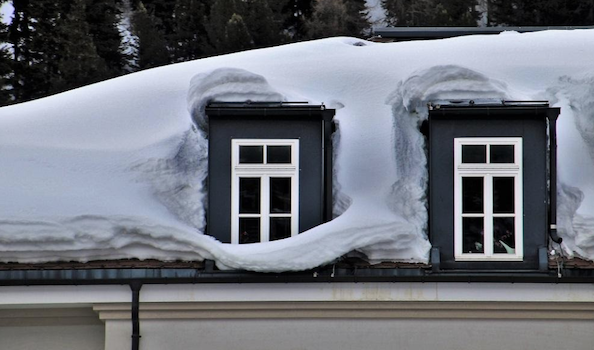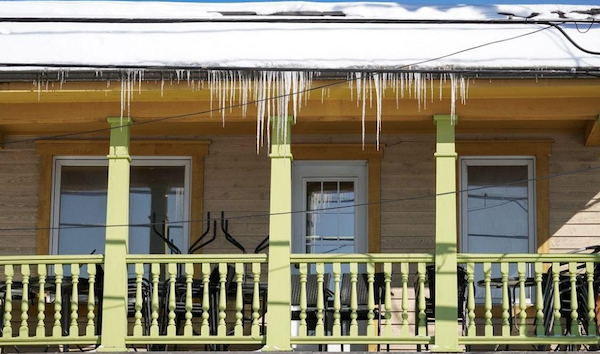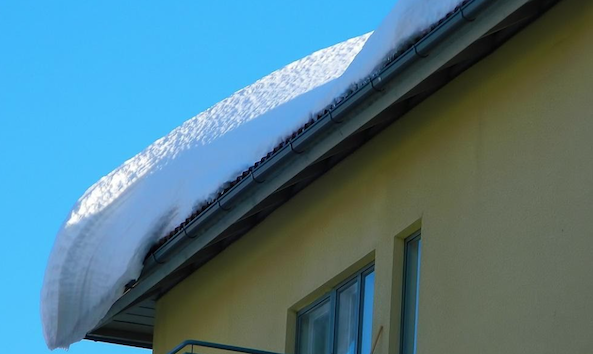
Maintaining your roof and carrying out necessary repairs cannot be understated. These roof maintenance tips will guide you on ensuring your roof’s lifespan.
Your roof is the part of your home’s exterior that’s particularly vulnerable to environmental factors such as wind, rain, or snow. Each year, homeowners find themselves having to replace their roofs either because of natural calamities or because it is no longer cost-effective to repair.
Homeowners should seek the services of a professional roofer for both safety and expertise. If you have appropriate training and safety equipment, NEVER climb onto a roof.
Whether you just inaugurated a new roof or have been making do with an old one, our tips and a quick checklist can be useful when you set out to carry out maintenance activities.
What Is Roof Maintenance?

Simply put, “Roof Maintenance is the process of assessing a roof’s vulnerable areas for a timely diagnosis before the potential issues worsen and warrant a complete replacement.”
The roofing industry has been on an upward slope over the past few years. However, a new roof installation is no walk in the park for those on a budget since the whole process can cost a pretty penny. The costs can shoot up to $11,437.
Why Is Roof Maintenance So Important?

Here I want to talk about some of the main key reasons why you should opt for regular roof maintenance.
Prevents Larger Potential Problems
If you live in a snow zone, ice dams can be one of the biggest problems. Early identification (and, where possible, elimination), can prevent high repair costs. An ice dam results from snow melting on the roof’s midsection, mainly because of heat loss through the roof deck.
Once this meltwater reaches the cooler eaves, it freezes again; as this process reoccurs, an accumulation of ice builds up. The result is an ice dam. Eventually, meltwater will not be able to flow at all and will work its way under the roofing material.
Once your leak, you will not only have water damage to worry about. But, more importantly, possible damage to shingles and roof deterioration. However, with regularly carried-out roof maintenance, such as clearing gutters, etc., you can help prevent ice dams.
Provides Peace Of Mind
Nothing beats the peace of mind you achieve by knowing that your roof is in a good state of repair. Being able to withstand whatever the elements throw at it means less chance of leaks.
Entrusting your roofing system’s health to one of the most reputable roofers can give you peace of mind and cost savings in the long run. Professional roofers have the proper training and experience. They know the latest roof maintenance, repair, and replacement techniques to ensure the longevity of your shingles. Additionally, professional roofers use advanced tools and equipment when inspecting damage in the shingles, gutters, and downspouts.
Homeowners feel safer knowing professional roofers can assess the real condition of their roofing systems with the help of technology. For instance, expert roofers use drones with high-resolution cameras to capture aerial images and videos of the roof. These images help roofers assess the roof’s overall condition and identify potential problem areas without physically climbing the roof. Additionally, roofing cameras and borescopes allow roofers to inspect difficult-to-reach areas, such as under shingles or inside gutters and downspouts, by inserting a flexible camera probe.
Thermal imaging cameras detect temperature variations on the roof’s surface, helping roofers identify potential leaks, insulation issues, and areas of moisture intrusion. On the other hand, moisture meters are used to detect moisture levels in roofing materials. High moisture content can indicate leaks or water damage within the roof structure.
Extends Your Roof’s Life By Eliminating The Need For Roof Replacement
By ensuring roof maintenance is carried out properly you are ensuring the roof remains in optimal condition. It will, therefore, reach its expected or potential lifespan.
Regular roof cleaning and repair add to the roof’s longevity – similar to a vehicle. A roof can last years more than it should by detecting problems early.
How Often Should You Perform Roof Maintenance?

Although it is recommended that you inspect your roof twice a year, once before the spring and again before winter, the frequency of running through the roof maintenance program checklist will depend on the weather conditions of your region.
When deciding upon the best times for roof inspections, consider temperature changes and dramatic warm or cold weather. Always check for storm damage after a storm and before you receive heavy snowfall or extreme weather.
Roof Maintenance Tips Every Homeowner Should Know

Hiring a roofing contractor for your roof maintenance or going down the DIY route will depend on your situation. Either way, it helps if you adhere to a simple checklist and cross-off items as you go through the maintenance activity.
Again, please remember to NEVER get on a roof without the correct training or experience. You not only risk your safety, but you could end up causing damage to your property.
1. Check For Moss And Clear It
Be sure to inspect the roof for moss or other greenery. This can result in loose shingles. If you detect it early, it will be easier to remove.
2. Clean Gutters, Downspouts, Fascias & Soffits
Check for clogged gutters and downpipes. Water accumulation may lead to rot in roof materials. While you do this keep an eye out for shingle debris present in the gutters, this may indicate that the shingles are nearing their lifespan.
3. Cut Overhanging Branches
Large trees may look fabulous, but they also substantially threaten your roof. Any large branches can be quite damaging by repeatedly scraping the shingles. Along with the obvious danger of them falling, large branches can also lead to algae build-up.
4. Reseal Vents & Pipes
Openings such as a chimney, vents, pipes, and skylights make your roof vulnerable to water intrusion. Things such as heating exhaust pipes will have pipe boots flashing around them for sealing.
Pipe boots can develop cracks over time, mainly due to extreme temperature changes. It is, therefore, important to have them repaired before further damage is caused.
5. Get the Shingles Inspected
Personally, I recommend that you use a professional roofing contractor for this; they have the safety gear as well as the experience to spot what you might miss. Missing or damaged shingles are the biggest cause of damage to other materials and look unsightly.
Final Thoughts
Although routinely carried out maintenance activity can ensure optimal condition of the roof, even the best-maintained roof will eventually run into structural issues, warranting the involvement of a professional.
Whether you just shifted into a new house or have been living in it for decades, conducting annual maintenance’s never a bad idea. Hopefully, this short guide will help you get started with that.




 POSTED BY
POSTED BY 

